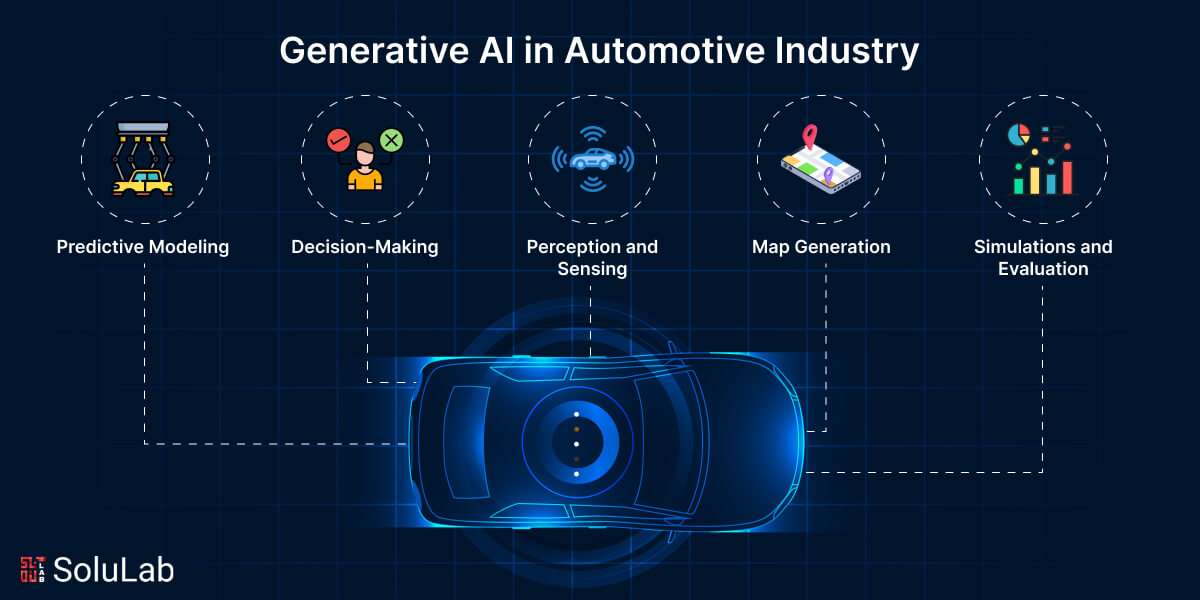
A New Approach to Understanding Free Will: “The Choice Engine” Debuts on Twitter
Following extensive research, development, and teamwork, a revolutionary initiative at the crossroads of psychology, neuroscience, and philosophy has been launched: The Choice Engine. This unique project invites users to examine the idea of free will and the intricacies of human decision-making via an interactive essay hosted on Twitter.
What Is The Choice Engine?
The Choice Engine is a “choose-your-own-adventure” style essay entirely located on Twitter through the handle @ChoiceEngine. Functioning as an interactive bot, the essay progresses through various decision points where users interact with the content by replying to prompts like “START” and making choices that influence the direction of their exploration. This setup enables users to engage with the content on their own terms, reflecting the very essence of what the project seeks to investigate: choice.
To embark on their journey, users simply tweet “START” to the @ChoiceEngine account. From that point, the bot leads them through a range of thought-provoking subjects that probe timeless philosophical inquiries and contemporary scientific discussions.
Themes and Topics Covered
The Choice Engine confronts some of the most intricate and discussed questions in science and philosophy, such as:
– Is free will an actual existence for humans, or merely an illusion?
– What insights does neuroscience provide regarding decision-making?
– Why did Charles Darwin come to doubt the presence of a benevolent deity as a result of observing a parasitic wasp’s behavior?
– What is the genuine implication of the renowned Libet experiment, and is it as definitive as often claimed?
By fusing rigorous sources with engaging content and interactivity, The Choice Engine seeks to rekindle interest about the nature of decision-making and mental freedom. Readers will fluidly transition between substantial neuroscience research, classic philosophical quandaries, and mind-bending thought experiments.
Reevaluating the Free Will Discussion
One focal point of the essay involves clarifying the widely referenced experiment conducted by neuroscientist Benjamin Libet, which is frequently cited as evidence against the reality of free will. In the 1980s, Libet demonstrated that “readiness potentials” in the brain occur before individuals consciously decide to act, leading some to interpret this as evidence that decisions originate unconsciously before awareness kicks in.
Nonetheless, The Choice Engine contends that this interpretation oversimplifies the nuanced nature of the human mind. The initiative proposes that while unconscious neural activities do affect behavior, it doesn’t entirely dismiss the influence of conscious thought or moral responsibility. Rather, free will may arise from a complex interplay of biological, psychological, and social factors that are far more elaborate than what a single experiment can elucidate.
Darwin’s Wasp and the Dilemma of Evil
Another striking moment in the essay includes a reference to a particularly unsettling aspect of nature: the Ichneumon wasp. This parasitic creature lays its eggs inside living caterpillars, which the larvae gradually consume from within. This notorious example troubled Charles Darwin, who regarded it as a challenge to the idea of a compassionate, omnipotent God.
In The Choice Engine, this illustration is integrated into a broader discussion about the perceived intentionality in nature and how evolution influences behaviors that may appear cruel but are, in fact, mechanically indifferent. It’s among many narrative digressions that enrich the inquiry: what does it mean to engage in a choice?
Why Twitter?
The selection of Twitter as the platform for this interactive essay also serves as a commentary on contemporary attention spans and the potential of digital dialogue. Designed for brief content and transient interactions, Twitter allows The Choice Engine to capitalize on this format for sustained engagement with profound and thought-provoking topics.
By embedding the essay within a social media setting, the creators reduce barriers to entry—anyone with a Twitter account can interact with the bot and begin their philosophical exploration within moments. It experiments with how significant academic concepts can thrive outside traditional publishing frameworks, combined with the accessibility of digital storytelling.
Visual Elements and Multimedia
In addition to its written narrative, The Choice Engine features captivating animations and GIFs that help clarify complex concepts. These visual aspects enhance the experience by bringing neuroscience and philosophical metaphors to life, making the material both accessible and engaging.
How to Get Started
Eager to challenge the very essence of your choices?
To participate in The Choice Engine:
1. Sign into your Twitter account.
2. Search for @ChoiceEngine or head directly to https://twitter.com/ChoiceEngine.
3. Tweet “@ChoiceEngine START” and follow the bot’s guidance.
From there, you’ll immerse yourself in a maze of questions, thought experiments, and narrative pathways that examine one of humanity’s most timeless mysteries: are we truly the architects of our destiny, or simply flowing along in the current of causality?
Whether you’re a science fanatic, a philosophy enthusiast, or simply curious about the nature of your choices, The Choice Engine encourages you to make a choice—and begin.